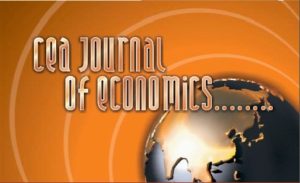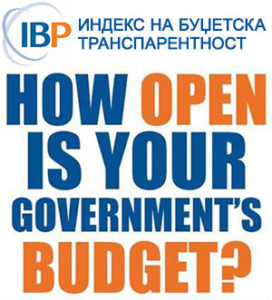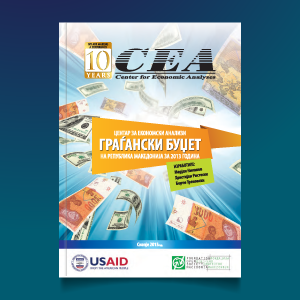Public-Private Partnership (PPP) model is beneficial to attract investments into public
infrastructure and services worldwide. However, it continues to remain occasional
case rather than comprehensively planned systematic action in Western Balkans
(hereinafter referred as WB) region. This inevitably results in high uncertainty to the
private sector as well as financial institutions and exposes WB PPP market to the risk
of PPP model being abandoned instead of progressing well.
One of the reasons being is limited and insufficient knowledge and experience to
launch and implement public investment projects in PPP model. Still estimating
infrastructure investment gap in value of around 110 billion over the next ten years,
various forms of PPPs can be used as tools to help bridge the infrastructure gap and
improve the overall efficiency of public spending. Necessary capacities and
experience to develop PPP project pipelines, regional PPP projects can be delivered
through technical assistance programmes aiming to improve the existing legal,
regulatory and institutional framework for PPP. Establishment of common
projects’ pipeline in the main sectors is identified as a tool necessary for further
development. The pipeline should be in line with strategies and policies at country
level and at the same time it’s convergence with EU acquis communautaire should be
ensured.
In another hand, the long-term liability of the governments in PPP and concession
contracts require to make a realistic assessment of the fiscal impact of PPP projects,
taking into account direct and contingent liabilities over the lifetime of the project. This
assessment is prerequisite to manage fiscal risks from a budgetary point of view; i.e.
safeguard the fiscal affordability and sustainability of a project. In this connection the
public entity needs to conduct value for money assessment which requires the same
type of analysis of project cash flows and risks as the assessment of financial viability
with a business case. An instrument to be used to assess value for money from PPP
ex ante is Public Private Comparator. It compares the project’s cash flows and value
of risks when organizing the project as traditionally public financed project and as
Public Private Partnership (PPP benchmark). The option delivering the highest net
present value is the preferred procurement option from a fiscal point of view. Both
assessments are in line with the key requirements and principles of good financial
management as included in OECD/SIGMA principles of public administration2
.
In that sense the rationale of the comparative study is to increase the exposure of
PPP public stakeholders to the above mentioned practicalities of PPP projects.
Representative data on PPP contracts in force is envisaged to be collected and
compared in order to identify and share findings on practicalities of PPP projects
implementation as well as lessons learned and recommendations. It is also planned
to identify sectors relevant to launch PPP projects’ pipelines with regional dimension.
View more at Comparative analyses
Introduction is taken from the Author’s guidelines prepared by ReSPA. This report is the Macedonia PPP case
study that was used to prepare the comparative study of ReSPA that is available here: https://cea.org.mk/wpcontent/uploads/2016/02/ReSPA-PPP-Working-Paper.pdf.
2 The principles are described under Chapter 6 Public Financial Management. The publication „The Principles of
Public Administration“ is available at: http://www.sigmaweb.org/publications/Principles-Public-AdministrationNov2014.pdf
(downloaded on 27th February, 2015)












